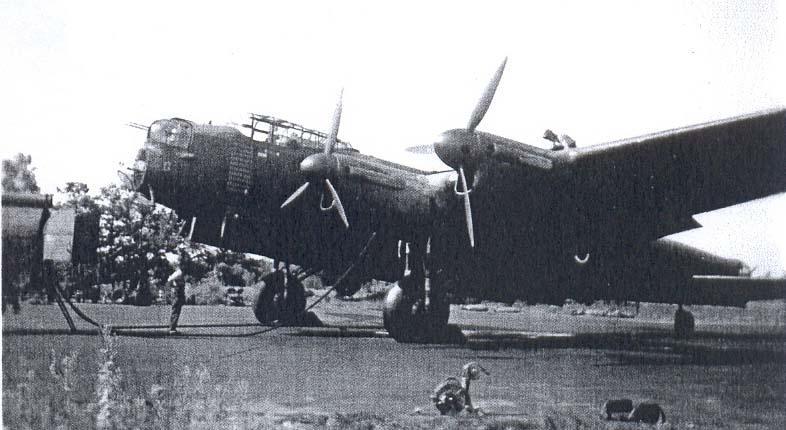
The attack on the chief coastal batteries which the R.A.F. Bomber Command launched half an hour before midnight on the night of 5-6 June was, in terms of weight of bombs, the heaviest blow the Command had ever struck. It went on until 5:15 a.m., and during this period 5268 tons of bombs were dropped and the Command made 1136 individual sorties. The targets, from west to east, were batteries at La Pernelle, Crisbecq, St. Martin de Varreville, Maisy, St. Pierre du Mont, Longues, Mont Fleury, Ouistreham, Merville/Franceville and Houlgate.
In this bombardment No. 6 (R.C.A.F.) Bomber Group played an important part, sending out 230 aircraft and dropping 859 tons. Its targets were Merville/Franceville and Houlgate, which were exclusively attacked by the R.C.A.F. Group, and Longues, where about one-third of the attacking force was Canadian.
In addition, 16 Canadian pathfinder aircraft went out. Only one Canadian aircraft was lost. The results of the attacks were spotty.
At Merville the markers quickly disappeared in dense low clouds, and in fact the battery was not hit.
At Longues also the bombardment was considered ineffective; yet a naval report based on examination of it after its capture states that the bombing was "remarkably accurate".
At Houlgate the attack was considered precise and wellconcentrated. Both these batteries seem to have fired on D Day, though ineffectively.